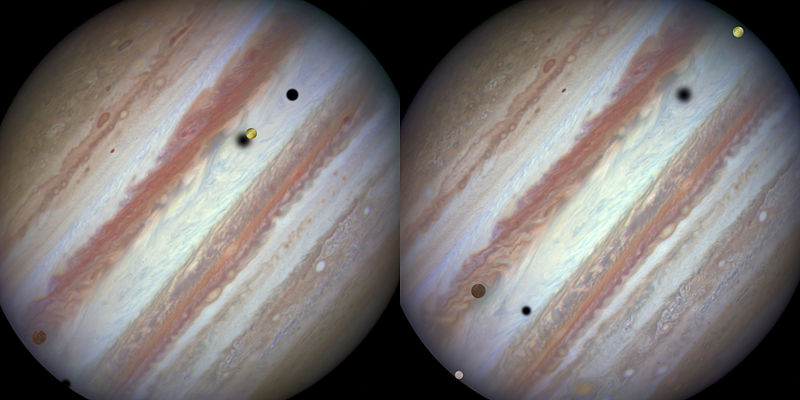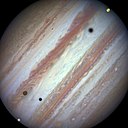চিত্র:Galilean satellite triple conjunction 2015-01-24.jpg

এই প্রাকদর্শনের আকার: ৮০০ × ৪০০ পিক্সেল। অন্যান্য আকারসমূহ: ৩২০ × ১৬০ পিক্সেল | ৬৪০ × ৩২০ পিক্সেল | ১,০২৪ × ৫১২ পিক্সেল | ২,০০০ × ১,০০০ পিক্সেল।
পূর্ণ রেজোলিউশন (২,০০০ × ১,০০০ পিক্সেল, ফাইলের আকার: ১.০২ মেগাবাইট, এমআইএমই ধরন: image/jpeg)
ফাইলের ইতিহাস
যেকোনো তারিখ/সময়ে ক্লিক করে দেখুন ফাইলটি তখন কী অবস্থায় ছিল।
| তারিখ/সময় | সংক্ষেপচিত্র | মাত্রা | ব্যবহারকারী | মন্তব্য | |
|---|---|---|---|---|---|
| বর্তমান | ২৩:০০, ৭ ফেব্রুয়ারি ২০১৫ |  | ২,০০০ × ১,০০০ (১.০২ মেগাবাইট) | WolfmanSF | User created page with UploadWizard |
সংযোগসমূহ
নিচের পৃষ্ঠা(গুলো) থেকে এই ছবিতে সংযোগ আছে:
ফাইলের বৈশ্বিক ব্যবহার
নিচের অন্যান্য উইকিগুলো এই ফাইলটি ব্যবহার করে:
- de.wiki.x.io-এ ব্যবহার
- en.wiki.x.io-এ ব্যবহার
- fr.wiki.x.io-এ ব্যবহার
- hr.wiki.x.io-এ ব্যবহার
- hy.wiki.x.io-এ ব্যবহার
- it.wiki.x.io-এ ব্যবহার
- mk.wiki.x.io-এ ব্যবহার
- ms.wiki.x.io-এ ব্যবহার
- pt.wiki.x.io-এ ব্যবহার
- ru.wiki.x.io-এ ব্যবহার
- vi.wiki.x.io-এ ব্যবহার
- www.wikidata.org-এ ব্যবহার
- zh-yue.wiki.x.io-এ ব্যবহার
- zh.wiki.x.io-এ ব্যবহার


